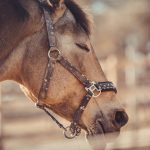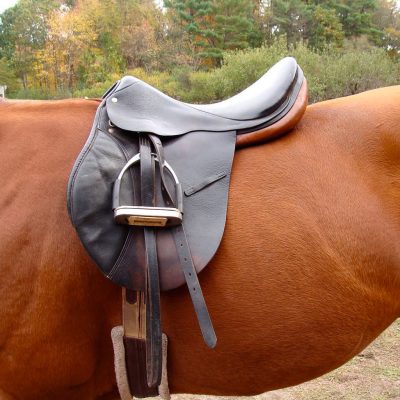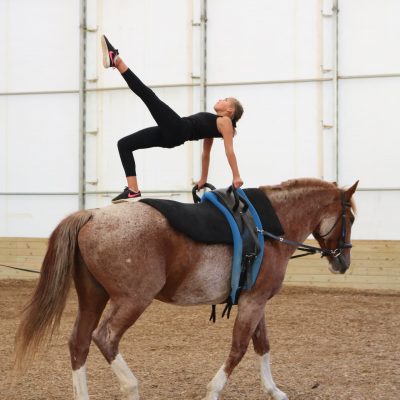A Guide to Understanding and Implementing Draw Reins Correctly
Introduction As horse riders, we constantly seek effective training techniques to improve our horse’s performance and communication. One such tool is the draw reins. In this article, we will explore what draw reins are, how to use them correctly, and why they can be beneficial when employed with care and knowledge.
What Are Draw Reins?
Draw reins are a training aid that consists of two separate reins, usually made of leather or nylon, which attach to the bit on either side of the horse’s mouth. The reins pass through the rings of the saddle and back to the rider’s hands. When adjusted properly, draw reins apply gentle pressure to the horse’s mouth, encouraging them to flex at the poll and lower their head.
Using Draw Reins Safely and Effectively
It is essential to understand that draw reins should be used with caution and only by experienced riders or under the guidance of a qualified instructor. Here are some guidelines for using draw reins safely and effectively:
- Correct Adjustment: Start by ensuring that the draw reins are adjusted to an appropriate length. They should be long enough to allow the horse to maintain a natural outline but not so loose that they have no effect. Aim for a light and consistent contact.
- Gradual Introduction: Introduce draw reins gradually and in a controlled environment. Begin using them in an enclosed area, such as an arena, where you can focus on the horse’s responses and adjust the pressure accordingly.
- Light Pressure: Apply light and gentle pressure through the draw reins, encouraging the horse to seek a relaxed, rounded outline. Avoid pulling excessively or forcing the horse into a position. The goal is to encourage correct muscling and balance.
- Timing and Release: Use draw reins as a temporary aid to help the horse understand and find the desired head carriage. Release the pressure as soon as the horse responds correctly, rewarding their effort.
Why Use Draw Reins?
Draw reins can be useful in specific situations when used correctly:
- Developing Suppleness: Draw reins can encourage the horse to flex at the poll and stretch their topline, promoting suppleness and engagement of the hindquarters.
- Correcting Resistance: In some cases, horses may resist accepting contact or flexing at the poll. Draw reins, when used judiciously, can help address such resistance by encouraging acceptance of the bit and a softer connection.
- Advanced Training: Draw reins can be a valuable aid for advanced training, aiding in refining the horse’s frame, collection, and self-carriage. However, it is essential to have a solid foundation of basic training in place before incorporating draw reins.
Draw reins can be a useful training tool when used correctly and responsibly. They are designed to encourage correct head carriage, suppleness, and engagement of the hindquarters. However, it is crucial to exercise caution and seek guidance from a knowledgeable instructor or trainer to ensure proper implementation and prevent misuse. Remember, draw reins should always be used as a temporary aid in conjunction with sound horsemanship principles and a focus on developing a willing and responsive partnership with your horse.







